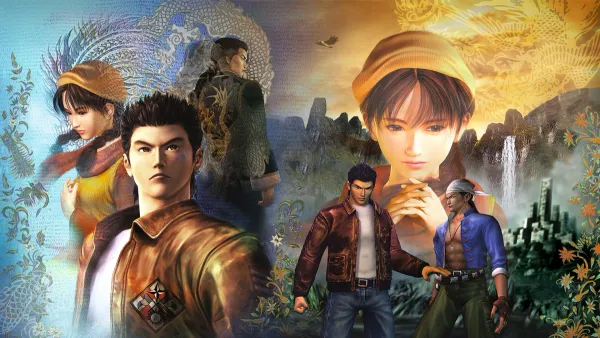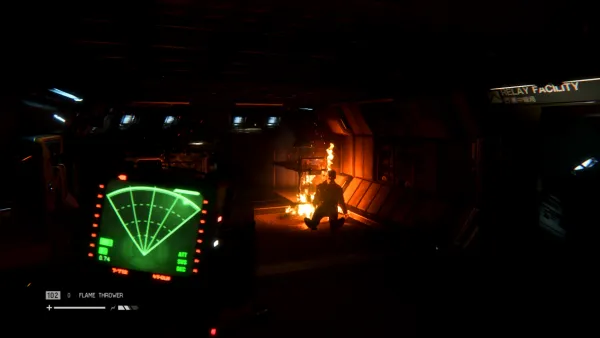As part of feedme.design's new initiative, "10 Reasons Why" aims to explore cultural phenomena and find out what makes people so fascinated by certain trends, behaviours, or events.
To kick the series off, let's start with a seminal game that revolutionised the way we perceive interactive storytelling and set new standards for gaming excellence.
Even as a PlayStation guy, it's one of my favourite gaming experiences ever and was exclusive to Dreamcast way back in 1999.
This meant that I wouldn't get to play it until its HD release, and even though I had to wait years, I'm glad I eventually got the opportunity to walk through the streets of Yokosuka.
Grab a cup of your favourite beverage and hunker down, because we're talking about Shenmue.
Open-World Innovation
Shenmue was a trailblazer in introducing the concept of an open-world environment. In 1999, most games had linear structures, guiding players through predetermined paths.
Shenmue flipped the script by offering players a sprawling, immersive world to explore.
It should be noted that this was 1999, a whole two years before Grand Theft Auto 3 would be released.
This stood out as the most thrilling part of Shenmue, and the marketing team would enthusiastically showcase it on VHS sizzler reels and at promotional events, emphasising that this was a game world like no other.
The game's Yokosuka setting felt alive, with day and night cycles, changing weather, and NPCs (non-playable characters) following their daily routines.
This open-world design was a precursor to the expansive game environments we see today.
It should be noted that this was 1999, a whole two years before Grand Theft Auto 3 would be released.
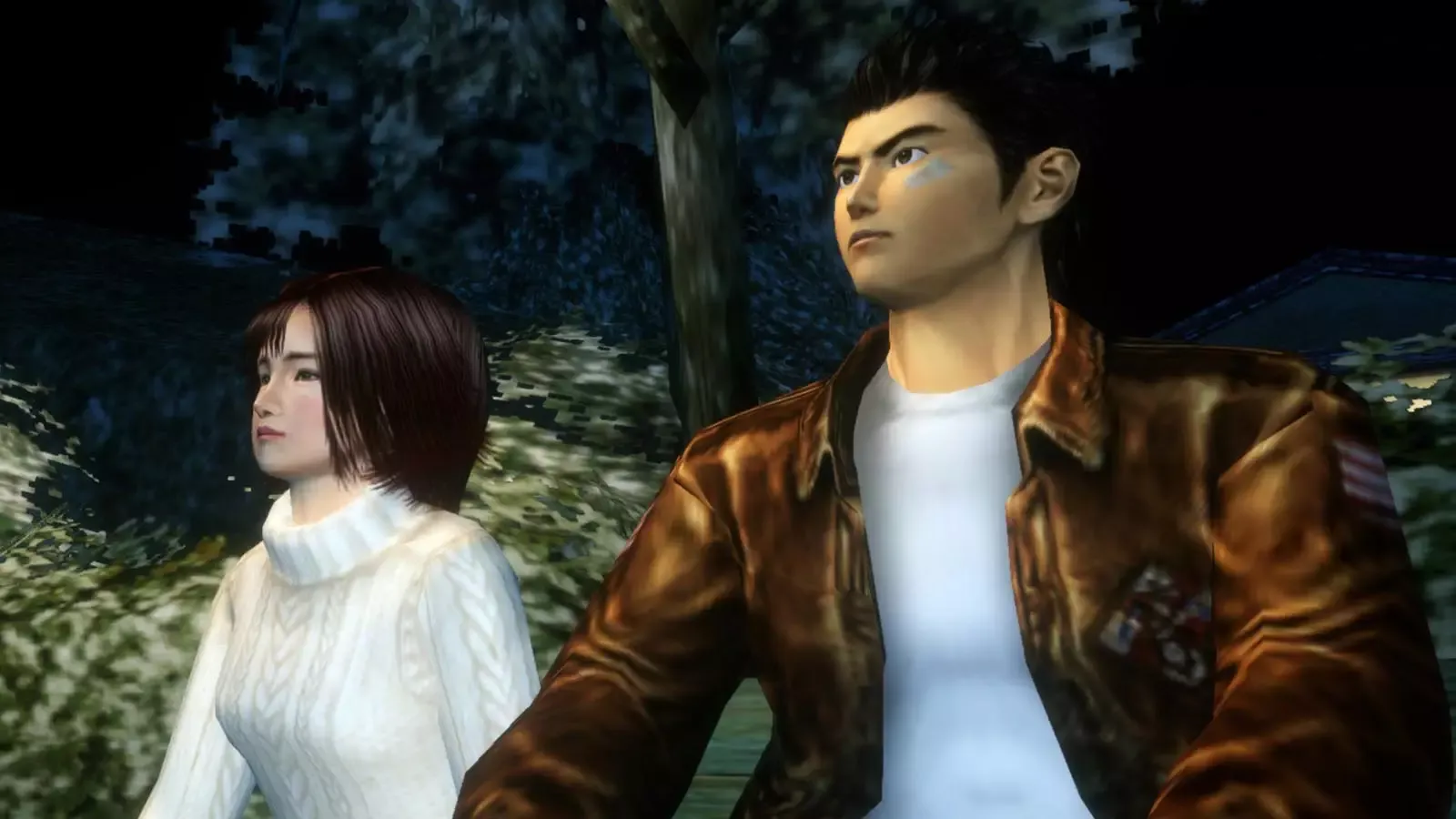
Interactive Environments
Unlike many games of its time, Shenmue allowed players to interact with nearly every object in its detailed environment. Not quite all, but as near as makes no difference, certainly in 1999.
You could open drawers, examine items, and even play arcade games within the game.
This level of interactivity was unprecedented, creating a sense of realism that was uncommon in the late '90s.
#Shenmue’s attention to detail!💘 pic.twitter.com/Wil5JxMTKv
— Shenmue Forever (@ShenmueForever) March 9, 2023
This meticulous attention to detail not only enriched the narrative by providing contextual clues but also contributed to a heightened sense of realism
The attention to detail was staggering, making the game world feel dynamic and responsive.
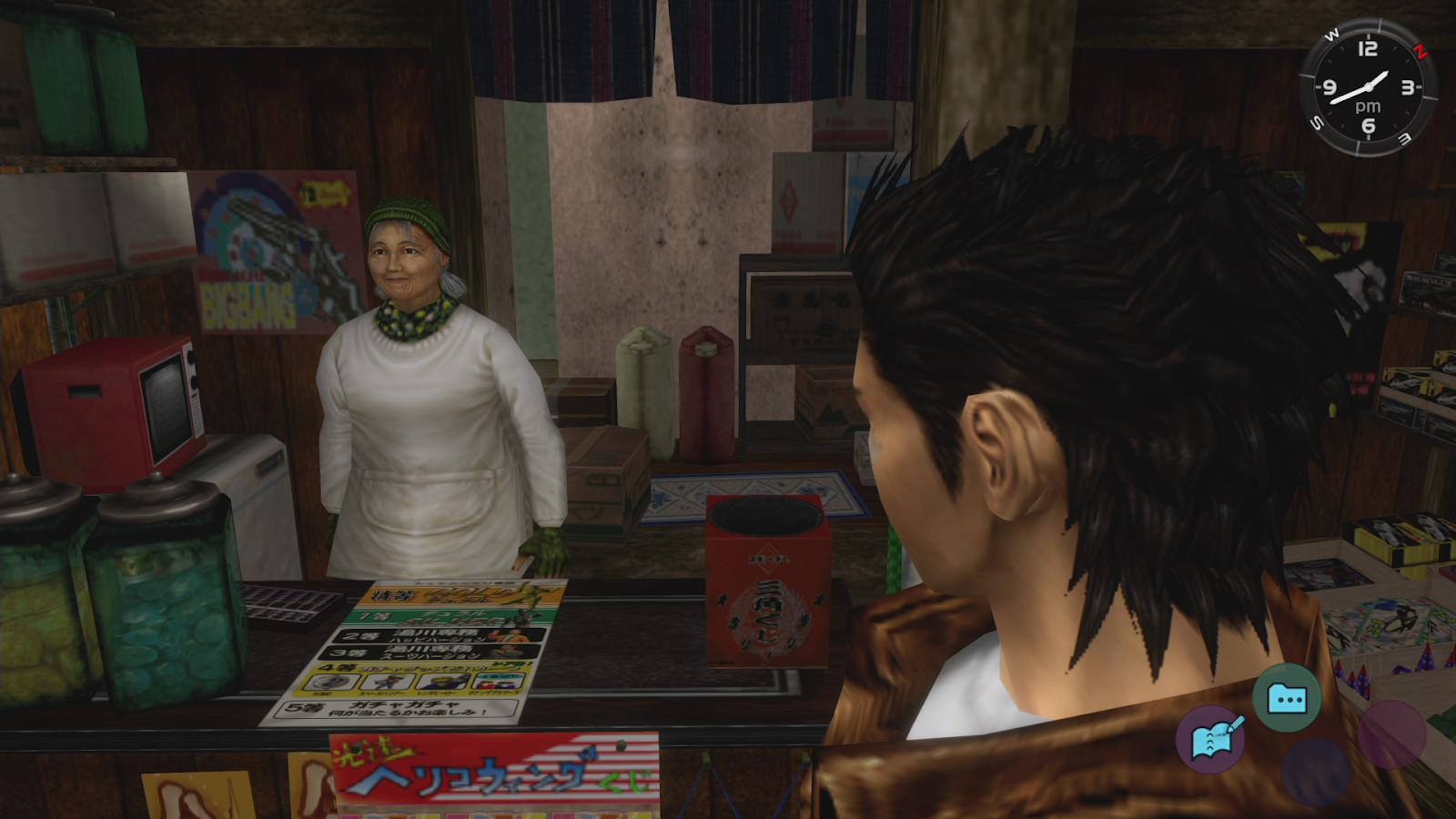
Realistic Characters and Dialogue
Shenmue pushed the boundaries of character development and dialogue. The characters had depth, emotions, and distinct personalities.
Until the PlayStation 2 emerged, the Dreamcast reigned as the most powerful console, ensuring superior facial animations and detail, establishing a benchmark for console graphics.
In terms of dialogue and character traits, Ryo Hazuki, wasn't just a one-dimensional hero but a character with his own motivations and flaws.
[to the kitten] You and I have a lot in common, our parents died on the same day. - Ryo Hazuki
The game featured a day-night cycle, and characters had their own schedules, adding a layer of realism rarely seen in games at the time.
Want to see a particular character from the market? You won't be able to until normal hours of business.
Frustrating to some, but realistic to others.

Innovative Storytelling
The game's narrative structure was innovative for its time.
Shenmue seamlessly blended cinematic storytelling with gameplay, utilising cinematic cutscenes to progress the plot.
This approach paved the way for a more cinematic gaming experience, influencing future titles.
While the story itself isn't particularly revolutionary (the son wants to avenge the death of his father), it's how it's presented through the characters that make it so special.
“We are, as a species, addicted to story. Even when the body goes to sleep, the mind stays up all night, telling itself stories.” - Jonathan Gottschall, The Storytelling Animal
Shenmue showcased that games could be a medium for immersive storytelling, challenging the notion that games were solely about gameplay.
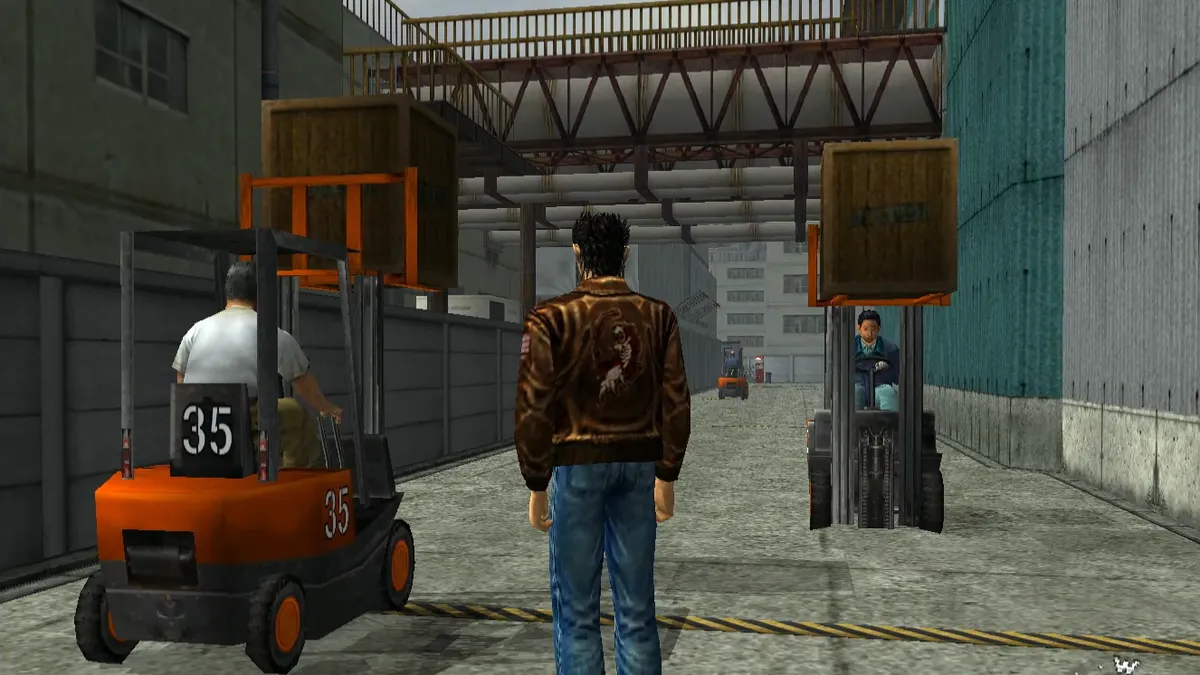
Quick Time Events (QTE)
Shenmue popularised Quick Time Events, a gameplay mechanic that became a staple in many later games.
Love them or hate them, they're a design choice selected by many game designers to convey a sense of action that doesn't require too much from players.
QTEs added an interactive element to cinematic sequences, requiring players to press specific buttons or perform actions within a limited time.
Make no mistake: QTEs are controversial.
While a few instances of Quick Time Events (QTEs) have been seen as beneficial enhancements to gameplay, the overall implementation of QTEs has faced criticism from both journalists and players.
Many argue that these events disrupt the game's flow, compelling players to repeat sections until they master the event, and introducing an artificial level of difficulty to the game.
Regardless, I feel this dynamic approach to storytelling kept players engaged during non-interactive segments, blending gameplay and narrative seamlessly.
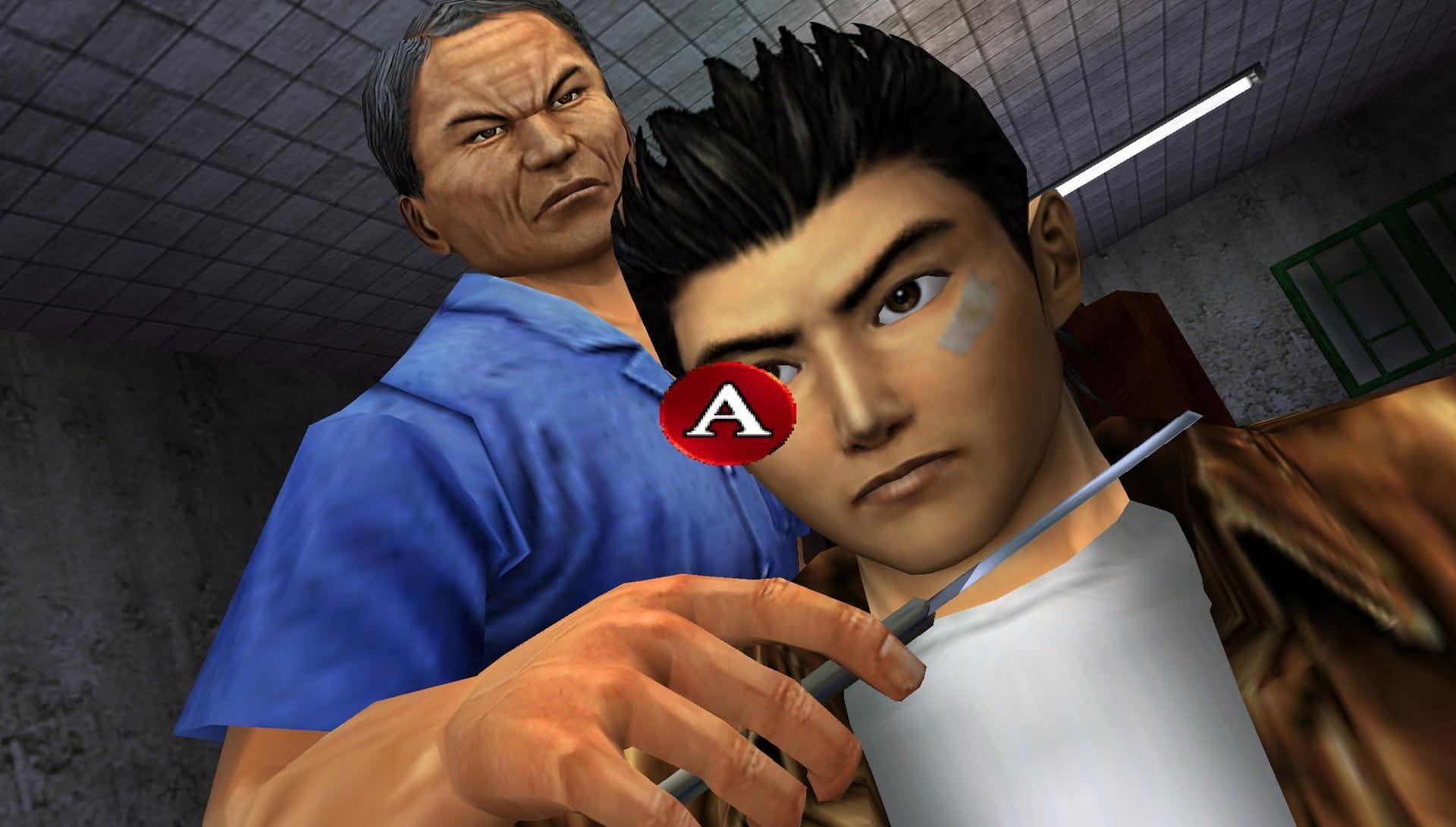
Mini-Games and Diversions
The game wasn't just about progressing through the main story; it offered a plethora of mini-games and diversions.
From arcade classics like Space Harrier to forklift racing, these activities provided a break from the main quest while adding depth to the world.
This approach influenced games like Grand Theft Auto, which embraced the idea of a living, breathing world filled with side activities.

Innovative Combat System
Shenmue introduced a unique combat system that combined martial arts with strategy. Players had to train, learn new moves, and strategically approach fights.
By introducing a 3D fighting system reminiscent of Sega's Virtua Fighter series, players would be treated to fighting sections with real OOMPH.
This innovative approach allows Ryo to engage with multiple opponents simultaneously and refine his moves through practice, enhancing their effectiveness.

This departure from traditional button-mashing combat systems demonstrated that games could offer a more thoughtful and immersive experience in terms of combat.
Groundbreaking Graphics for the Time
Graphically, Shenmue was a powerhouse on the Dreamcast.
The level of detail in character models, environments, and animations was unparalleled.
Quite simply, in 1999, it demonstrated the generation leap in systems from the PlayStation and Saturn to what was possible now during the sixth generation of consoles.
![DC] Shenmue Passport Tech Demo (NullDC/HD) - YouTube](https://i.ytimg.com/vi/saoiFJy0ADc/maxresdefault.jpg)
Facial expressions and body language were realistic, contributing to the emotional depth of the characters.
Shenmue showcased the potential of what was then cutting-edge hardware, setting a standard for graphical fidelity in its era.
Epic Scope and Ambition
Shenmue's sheer ambition was ahead of its time.
The game was originally conceived as a saga spanning multiple chapters, promising an epic narrative that would unfold throughout several games.
The budget for Shenmue was one of the highest ever for its time, reportedly exceeding $47 million.
This substantial budget was due to the ambitious nature of the game, featuring detailed graphics, a vast open-world environment, and numerous interactive elements.
Shenmue's development costs were significant, contributing to the game's reputation as one of the most expensive productions in the gaming industry during its release.
While this vision faced challenges, the idea of creating a game with a vast, interconnected narrative was a precursor to the serialised storytelling we see in modern gaming franchises.
Cultural Representation
Shenmue brought a level of cultural representation that was uncommon in the gaming landscape of the late '90s.
Set in Japan, the game embraced Japanese culture, architecture, and traditions.
This not only provided players with a unique and enriching experience but also expanded the horizons of what settings and cultures could be explored in video games.
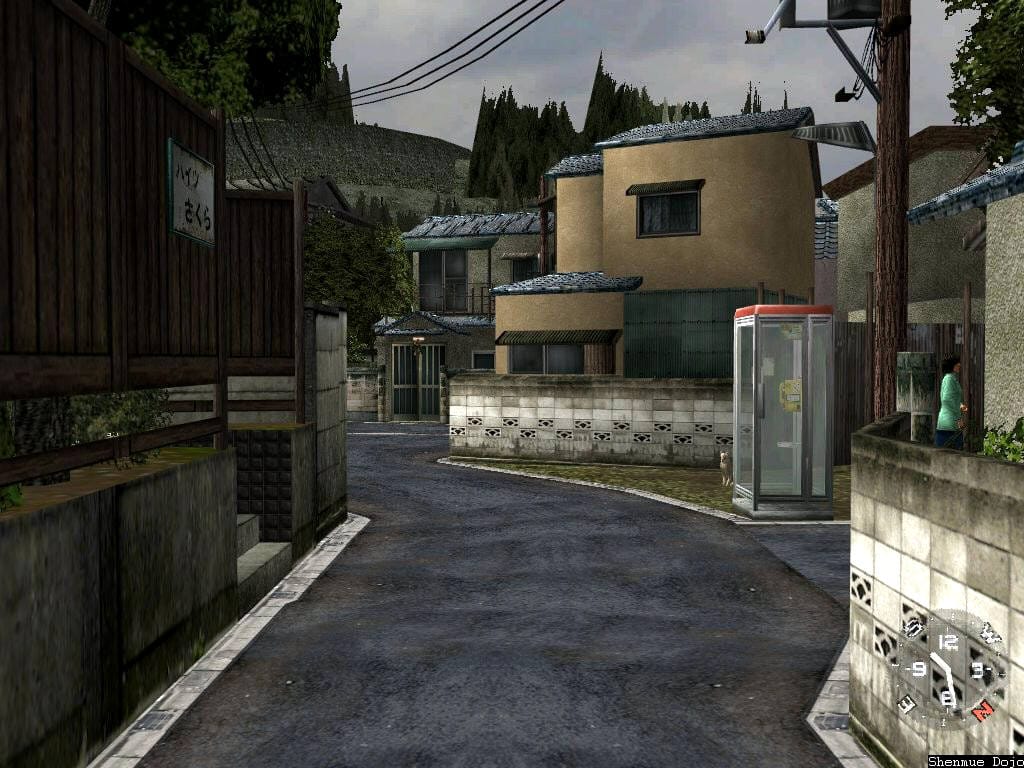
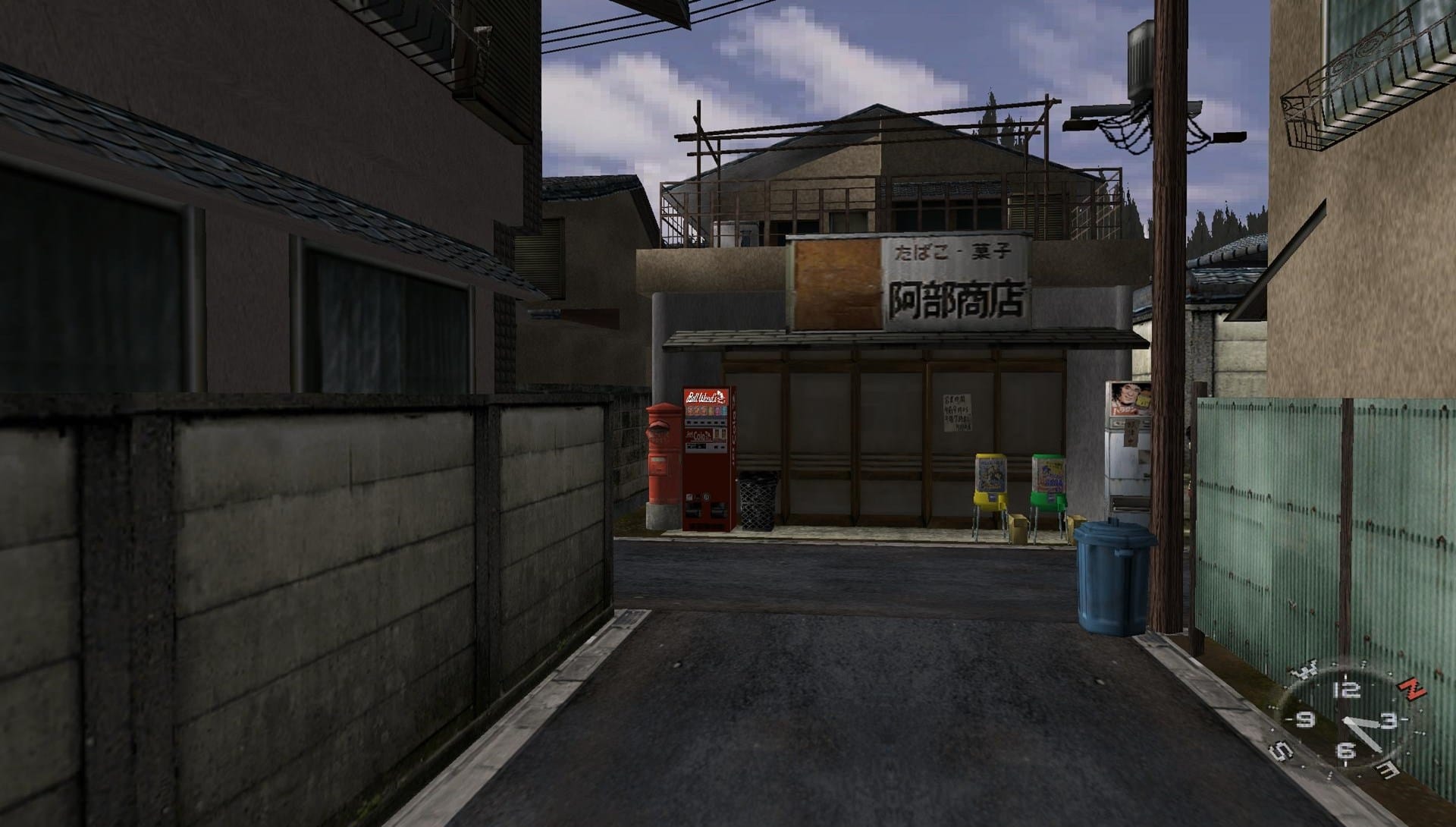
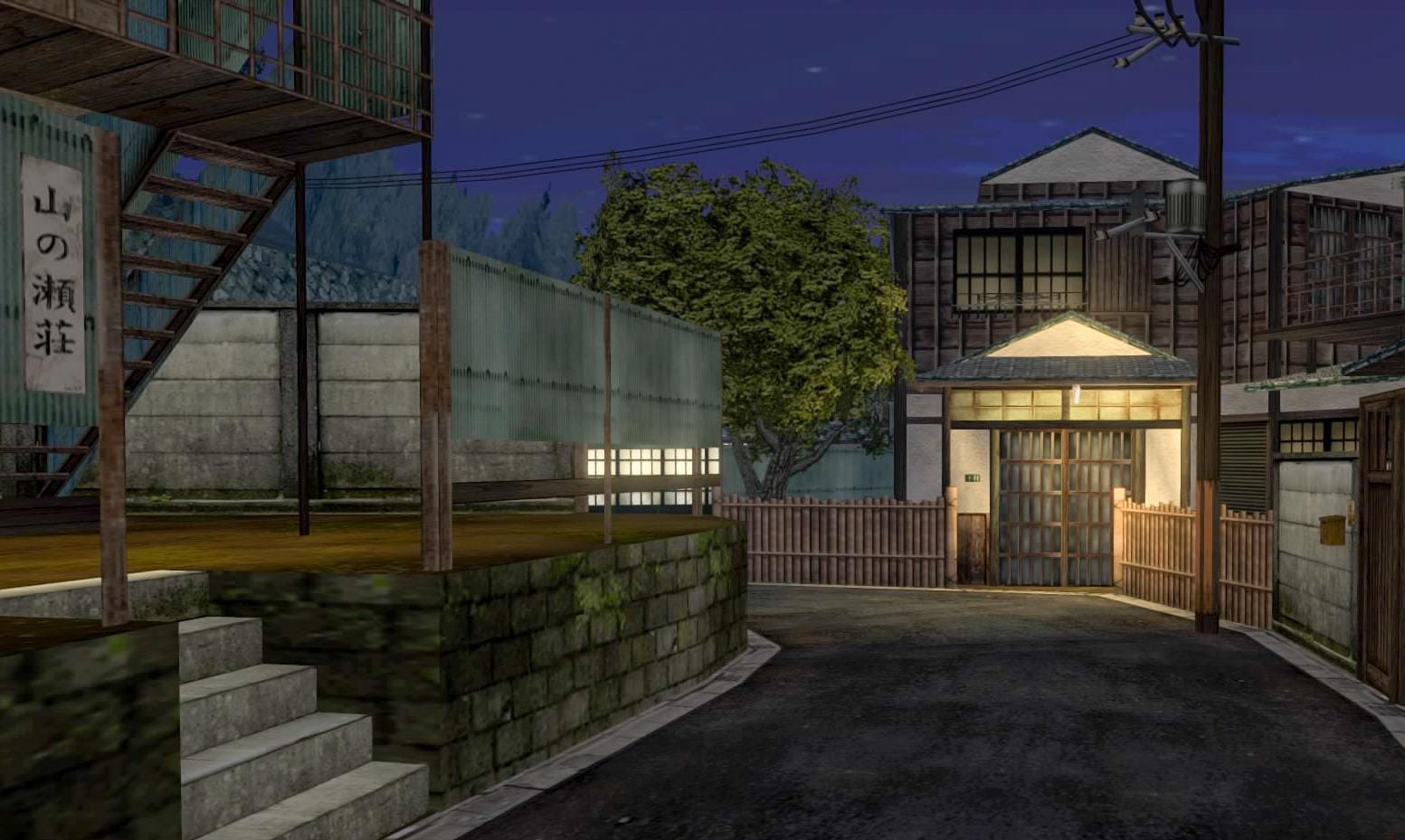
Source: Sega
In conclusion, Shenmue was a pioneer that pushed the boundaries of what was possible in video games.
Its influence can be seen in the DNA of countless modern titles that strive to deliver expansive open-world experiences, rich narratives, and interactive environments.
The game's legacy is a testament to the innovative spirit that drives the gaming industry forward.

